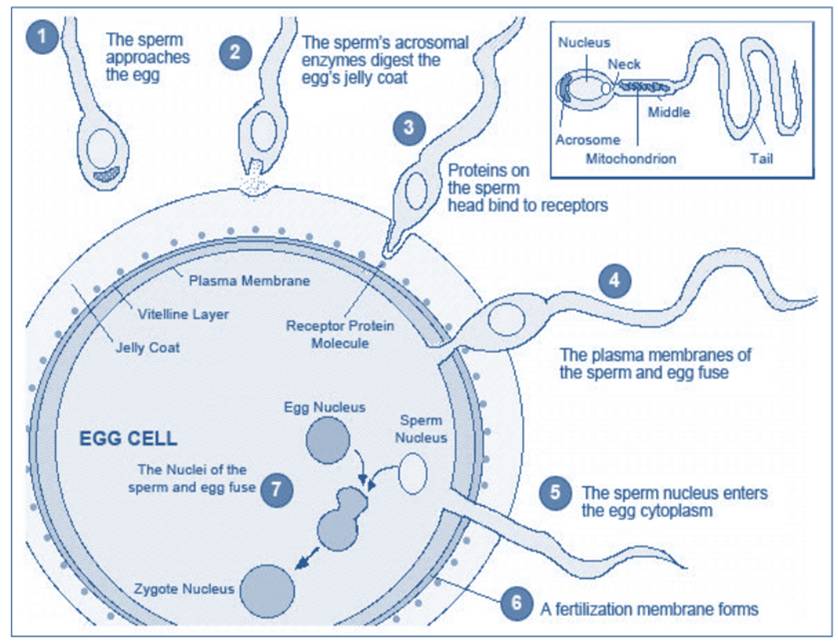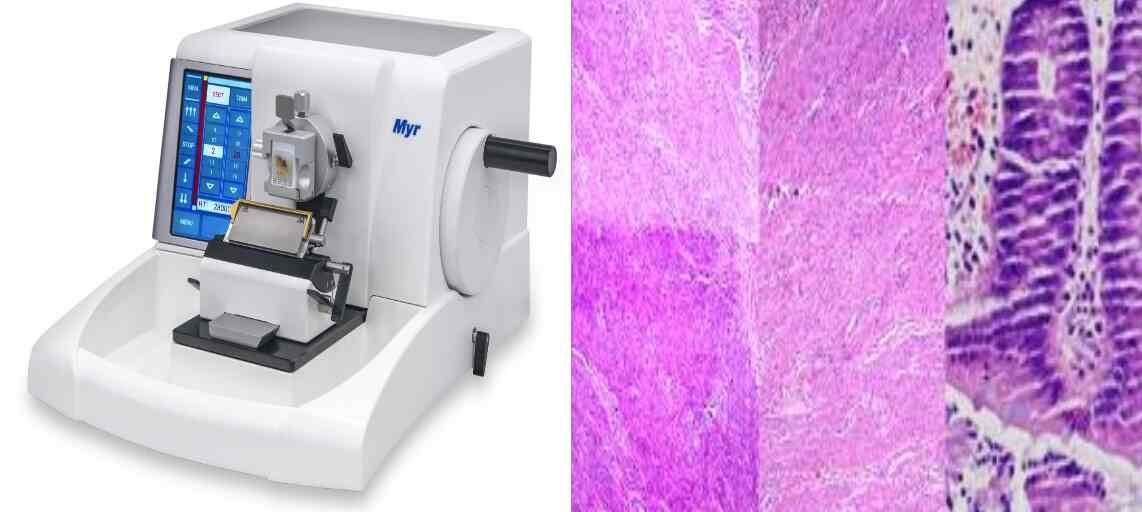Effects of Aquatic Pollution on Fisheries: Aquatic pollution poses a significant threat to the health and sustainability of fisheries worldwide. With increasing industrialization and human activities near water bodies, pollution levels have risen, resulting in detrimental effects on fish populations and their ecosystems. This article explores types of aquatic pollution, and the various impacts of aquatic pollution on fisheries, highlighting the importance of addressing this environmental issue.
What is Aquatic Pollution
Aquatic pollution refers to the contamination of water bodies such as oceans, rivers, lakes, and estuaries by pollutants originating from human activities. These pollutants can include chemicals, heavy metals, nutrients, oil spills, plastics, and agricultural runoff. The discharge of these substances into water bodies disrupts the natural balance and poses severe risks to aquatic organisms, including fish.
Types of Aquatic Pollution
Chemical Pollution: This type of pollution involves the release of harmful chemicals into water bodies. Examples include industrial discharges, agricultural runoff containing pesticides and fertilizers, oil spills, and improper disposal of household chemicals. Chemical pollution can have severe impacts on aquatic life, altering water quality, harming fish and other organisms, and disrupting the overall ecosystem balance.
Nutrient Pollution: Nutrient pollution occurs when excessive amounts of nutrients, such as nitrogen and phosphorus, enter water bodies. It often results from agricultural runoff, sewage discharges, and the use of fertilizers. While nutrients are essential for aquatic ecosystems, excessive amounts can lead to eutrophication, where algal blooms occur due to increased nutrient availability. This can deplete oxygen levels in the water, creating dead zones and negatively impacting fish and other aquatic organisms.
Sediment Pollution: Sediment pollution involves the introduction of excessive sediment or silt into water bodies. It commonly occurs due to soil erosion from construction sites, deforestation, and agricultural activities. Sediment pollution can degrade water quality, reduce sunlight penetration, smother aquatic habitats, and harm fish by clogging their gills or disrupting their feeding and reproductive behaviors.
Thermal Pollution: Thermal pollution refers to the alteration of water temperature in aquatic ecosystems. It commonly results from the discharge of heated water from industrial processes or power plants into water bodies. Drastic changes in water temperature can negatively impact aquatic organisms, as different species have specific temperature requirements for survival and reproduction. Thermal pollution can disrupt natural ecosystems, including fisheries, by altering the behavior, growth, and migration patterns of fish.
Plastic Pollution: Plastic pollution has become a significant concern in aquatic environments. It involves the accumulation of plastic debris, such as bottles, bags, and microplastics, in water bodies. Plastics can persist for long periods, harming marine life through ingestion, entanglement, and the release of toxic chemicals. Fish and other marine organisms can mistake plastic for food, leading to internal injuries, digestive blockages, and potential transfer of toxins through the food chain.
Biological Pollution: Biological pollution refers to the introduction of non-native or invasive species into aquatic ecosystems. These species can outcompete native species, disrupt the food web, and cause ecological imbalances. Intentional or accidental releases of non-native fish, plants, or pathogens from aquaculture facilities, ballast water discharge from ships, and aquarium trade are common sources of biological pollution.
Impacts of aquatic pollution on fisheries
Loss of habitat: Pollution can degrade aquatic habitats such as rivers, lakes, and coastal areas. Chemical pollutants, sedimentation, and nutrient enrichment can harm the vegetation, coral reefs, and other essential components of the ecosystem that serve as habitat for fish species. As a result, the population of fish may decline, reducing the availability of fish for fisheries.
Water quality degradation: Pollution can lead to a decline in water quality, primarily due to the discharge of industrial waste, agricultural runoff, and sewage. High levels of toxins and pollutants can directly harm fish, affecting their growth, reproduction, and overall health. Additionally, deteriorating water quality can lead to eutrophication, a process where excessive nutrients cause algal blooms, which deplete oxygen levels in the water and create dead zones. These conditions can result in fish kills and reduce the productivity of fisheries.
Bioaccumulation and biomagnification: Some pollutants, such as heavy metals, pesticides, and persistent organic pollutants (POPs), have the ability to accumulate in fish tissues through the process of bioaccumulation. When fish consume contaminated food or water, these pollutants accumulate in their bodies over time, potentially reaching toxic levels. This poses risks not only to the fish themselves but also to the humans who consume them, as these contaminants can be transferred up the food chain through biomagnification.
Altered reproductive patterns: Aquatic pollution can disrupt the reproductive patterns of fish, leading to reduced reproductive success and lower population sizes. Chemical pollutants can interfere with fish hormone systems, affecting their ability to reproduce and develop normally. Additionally, pollution-induced changes in water temperature, pH, and oxygen levels can disrupt fish spawning grounds, migration patterns, and larval development, further impacting fisheries productivity.
Economic and social impacts: Fisheries play a crucial role in the economy and social fabric of many communities around the world. Aquatic pollution can lead to a decline in fish populations, reducing the availability of fish for commercial and subsistence fishing. This can have severe economic consequences for fishermen, fish farmers, and related industries. Furthermore, the loss of fish as a food source can affect food security and livelihoods, particularly in coastal communities heavily dependent on fisheries.
Loss of Biodiversity
Aquatic pollution contributes to the loss of biodiversity in aquatic ecosystems. The contamination of water bodies disrupts the natural food chain, affecting not only fish but also other aquatic organisms. As certain fish species decline or disappear due to pollution, the balance of the ecosystem is disturbed, impacting the survival of other dependent species. This loss of biodiversity can have far-reaching consequences for the overall health and stability of fisheries.
Negative Effects on Fish Reproduction
Aquatic pollution poses a significant threat to fish reproduction. Chemicalpollutants can disrupt the endocrine systems of fish, affecting their reproductive functions. Hormonal imbalances can lead to reduced fertility, abnormal development of eggs and larvae, and even reproductive failure. The decline in reproductive success further hampers the recovery and sustainability of fish populations.
Acidification of Water Bodies
Another consequence of aquatic pollution is the acidification of water bodies. Increased carbon dioxide (CO2) emissions from human activities are absorbed by oceans, leading to a decrease in pH levels. Acidic waters cannegatively impact fish physiology, compromising their growth, reproduction, and immune system. Acidification also affects the availability of calcium carbonate, which is essential for shell formation in many marine species. These acidification-related challenges further threaten the survival of fish and
other marine organisms.
Regulation and Mitigation Strategies
To mitigate the effects of aquatic pollution on fisheries, stringent regulations and effective mitigation strategies are necessary. Governments and environmental agencies must enforce pollution control measures, including strict wastewater treatment standards, proper disposal of industrial waste, and regulations on agricultural practices. Encouraging sustainable fishing practices and promoting awareness among stakeholders about the importance of preserving water quality are also crucial. Collaboration between industries, policymakers, and environmental organizations is essential to achieve long-term
solutions.
Conclusion
Aquatic pollution poses significant challenges to the health and sustainability of fisheries. It impacts fish habitats, biodiversity, reproduction, and the safety of fish and seafood consumed by humans. Furthermore, the fishing industry faces economic consequences due to declining yields and contamination concerns. However, by implementing effective regulations and mitigation strategies, it is possible to safeguard fish populations and restore the balance of aquatic ecosystems. Preserving the health of water bodies is crucial for the long-term viability of fisheries and the well-being of both marine life and human populations.
FAQs
1. How does aquatic pollution affect fish populations?
Aquatic pollution disrupts fish habitats, alters water quality, and affects fish reproduction, leading to population declines.
2. Is eating contaminated fish dangerous for human health?
Yes, consuming contaminated fish can pose risks to human health, as pollutants can accumulate in fish tissues.
3. What are harmful algal blooms (HABs) and their impact on fisheries?
HABs are blooms of algae that produce toxins harmful to fish. These blooms can cause mass mortalities and impact the fishing industry.
4. What measures can be taken to mitigate aquatic pollution?
Mitigation strategies include enforcing pollution control regulations, promoting sustainable fishing practices, and raising awareness about water quality preservation.
5. Why is biodiversity loss a concern in relation to aquatic pollution?
The loss of biodiversity disrupts the balance of aquatic ecosystems and can have cascading effects on the health and stability of fisheries.







